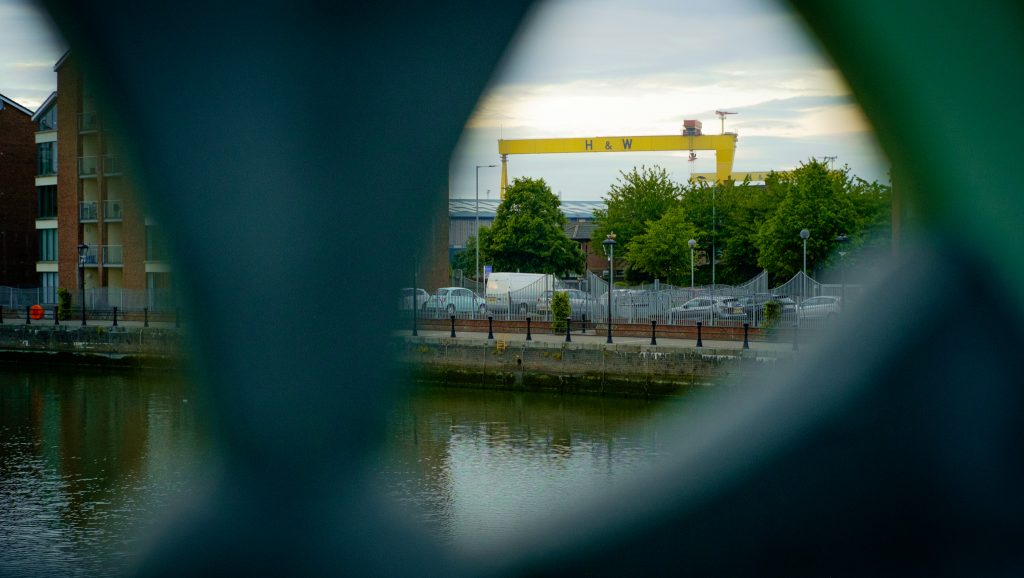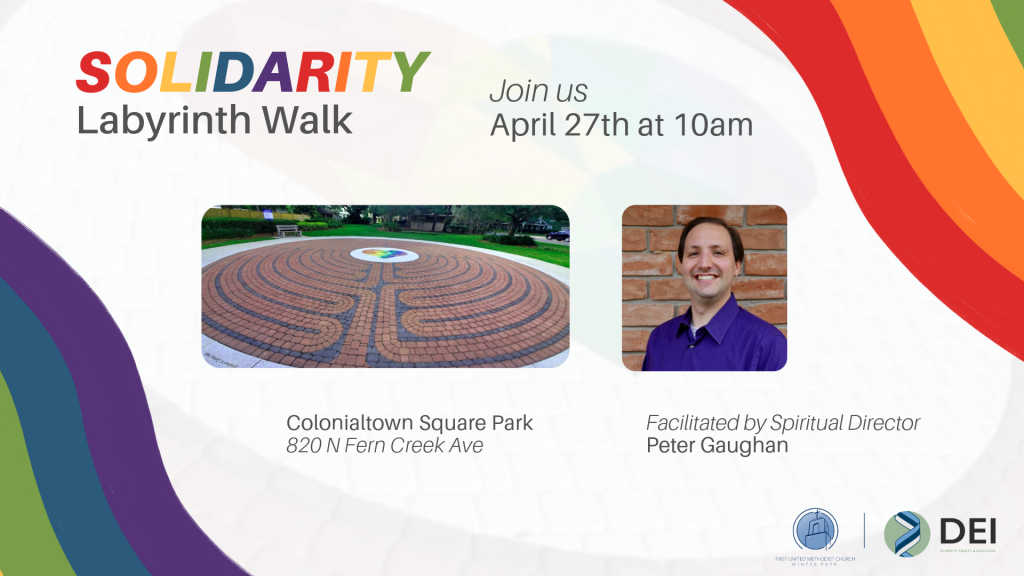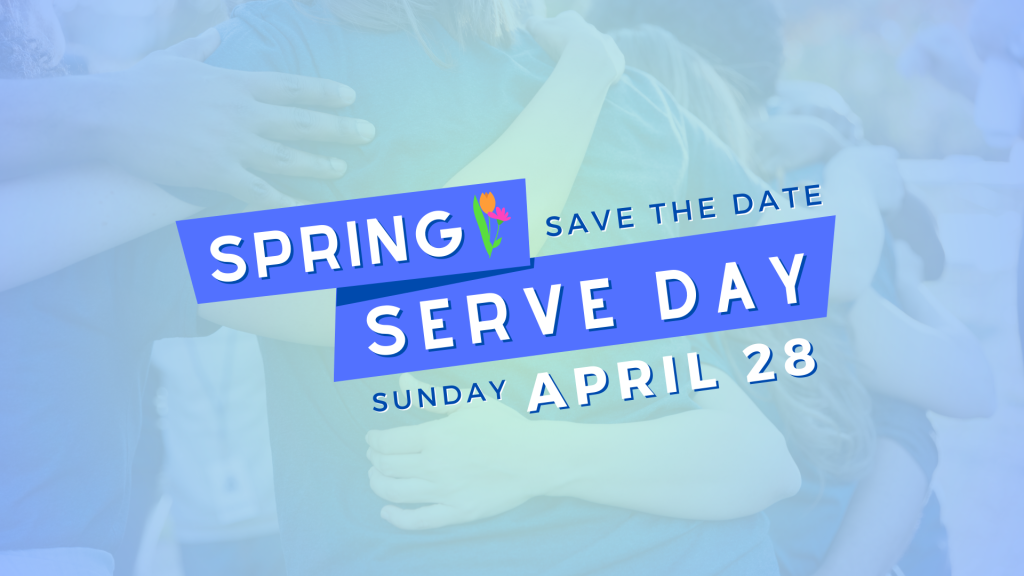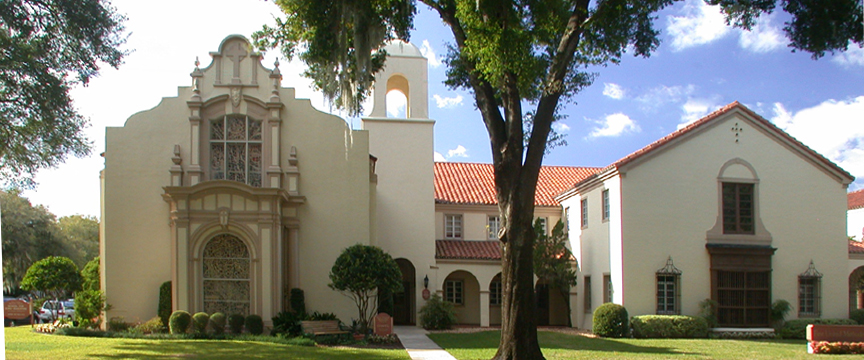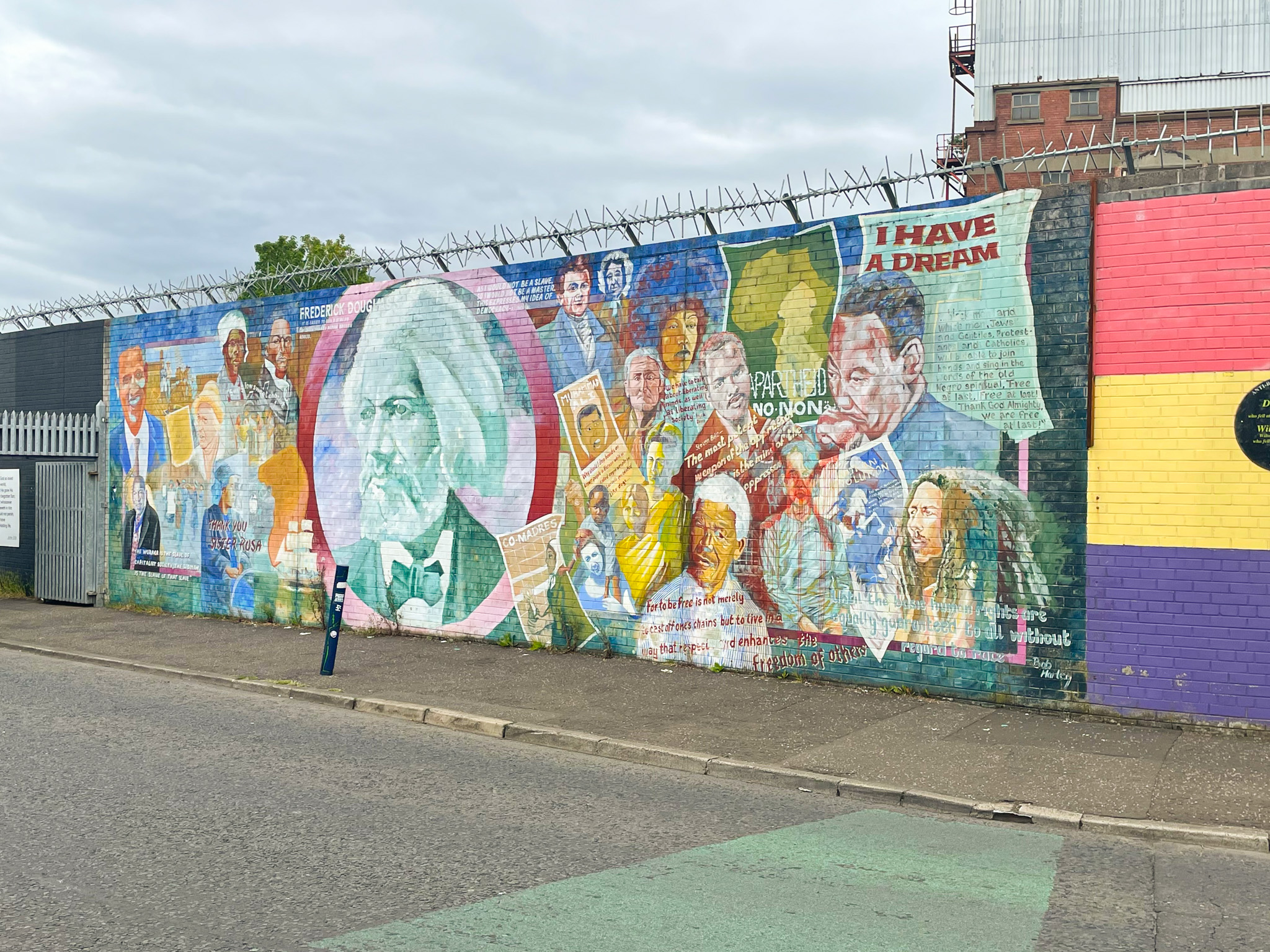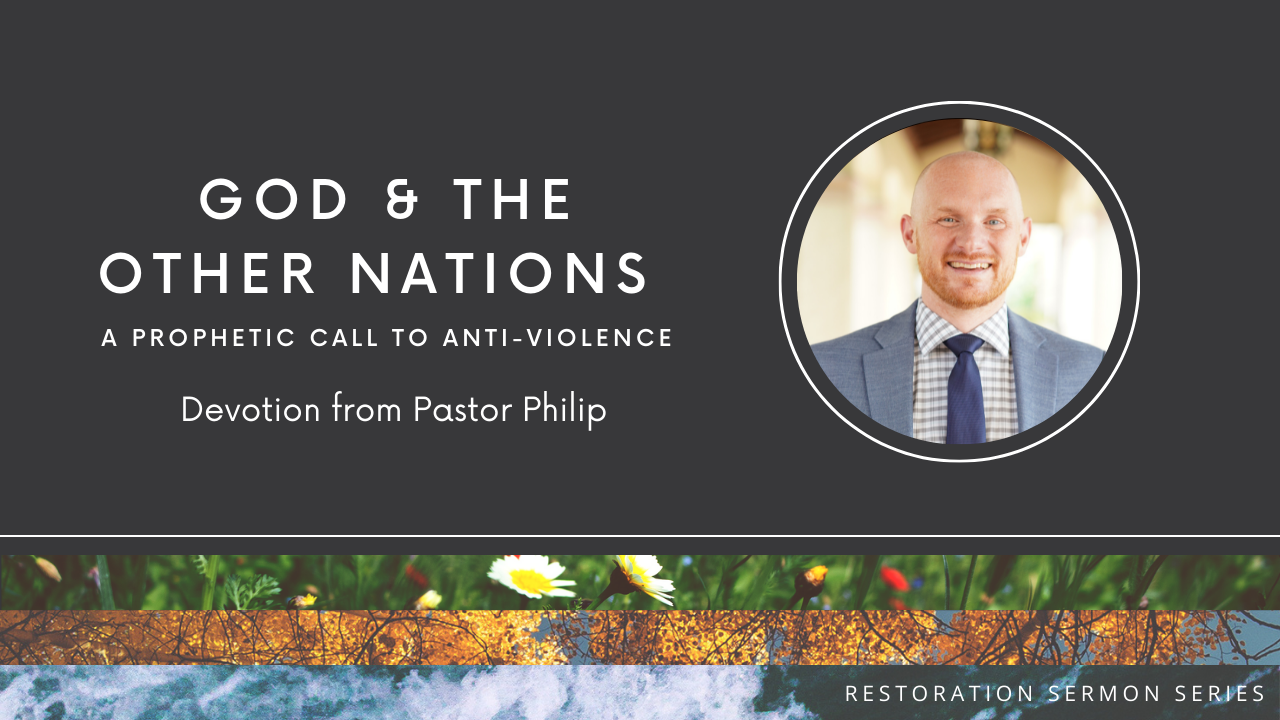This past June, a group of leaders from our congregation traveled to Belfast, Ireland to learn from its history and how those lessons apply to our context and church community. Below is a story about this experience from one of our lay leaders, David B. Witwer, as well as some of his photos.
“These things have a long tail.” So said Judith Thompson, speaking about promoting victim-centered healing in the aftermath of the Troubles. As former Commissioner for Victims and Survivors, Thompson shared examples of how the legacy of violent conflict shaped contemporary events a generation later. It wasn’t hard for us to see how legacy shaped public spaces as well. Hours after arriving in Belfast, we stood on Shankill Road, one of the hardest-hit Protestant arteries, looking at pervasive scars. Hundreds of tiny Union Jack flags hung over our heads and building-sized displays lined each alley—ranging in tone from pictures of the dead to invectives equating Sinn Fein and ISIS. Forty-five-foot barricades still stood, barbed wire outlined churches, and back porches were fortified against projectiles. Here, history was bleeding.

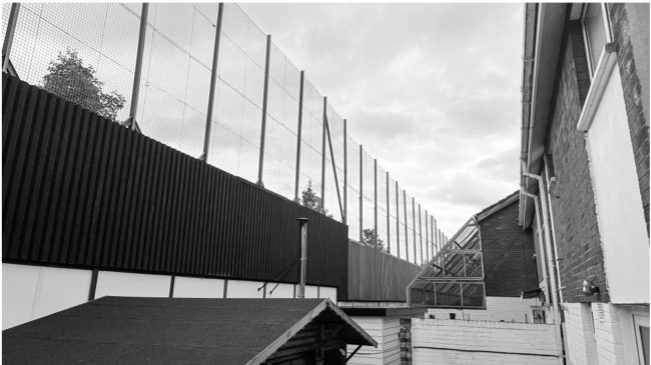
While the Troubles were certainly an up-close affair, they were also dominated by a culture of silence. “Say nothing” was the rule, as Patrick Radden Keefe’s insightful book details. For some of the fighters, desensitization to violence and dehumanization became the norm. One teenage paramilitary member described the numbing process as “touching ice.” A culture of silence may feel familiar to those of us raised in the church, particularly non-confrontational flavors. Belfast, however, has shockingly transformed into a city with monuments and murals and graffiti everywhere you look, all trying to proclaim heritage and identity in the loudest way. In such a context, perhaps any sort of speech is progress, even if it’s often the wrong message or tone.
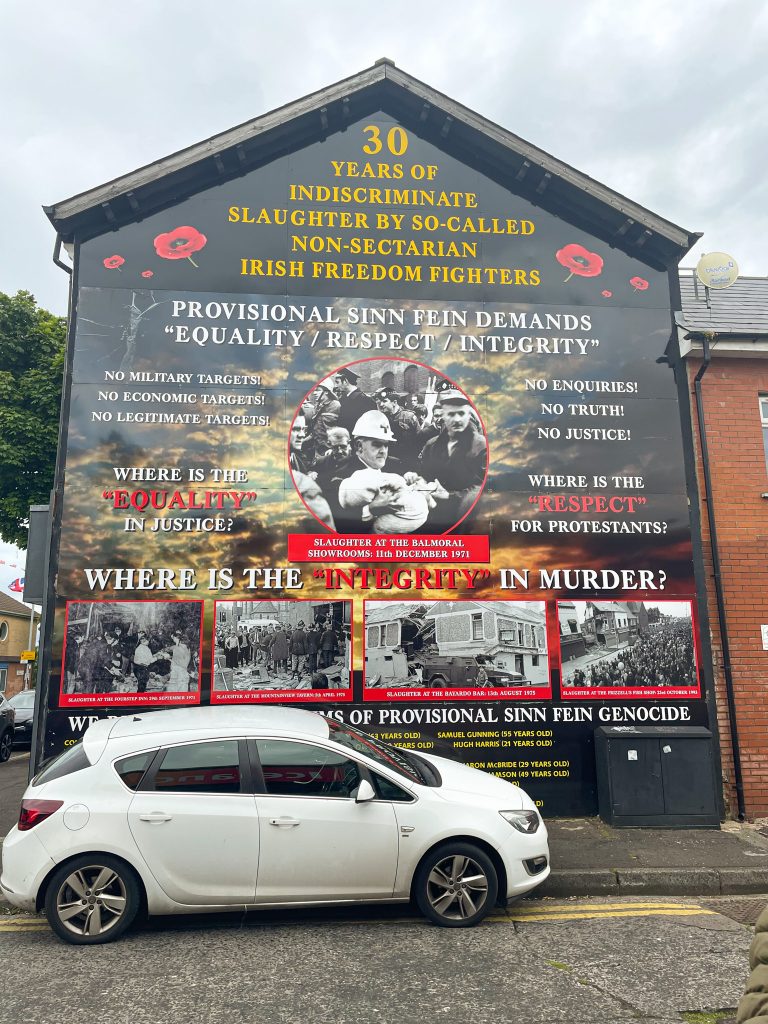
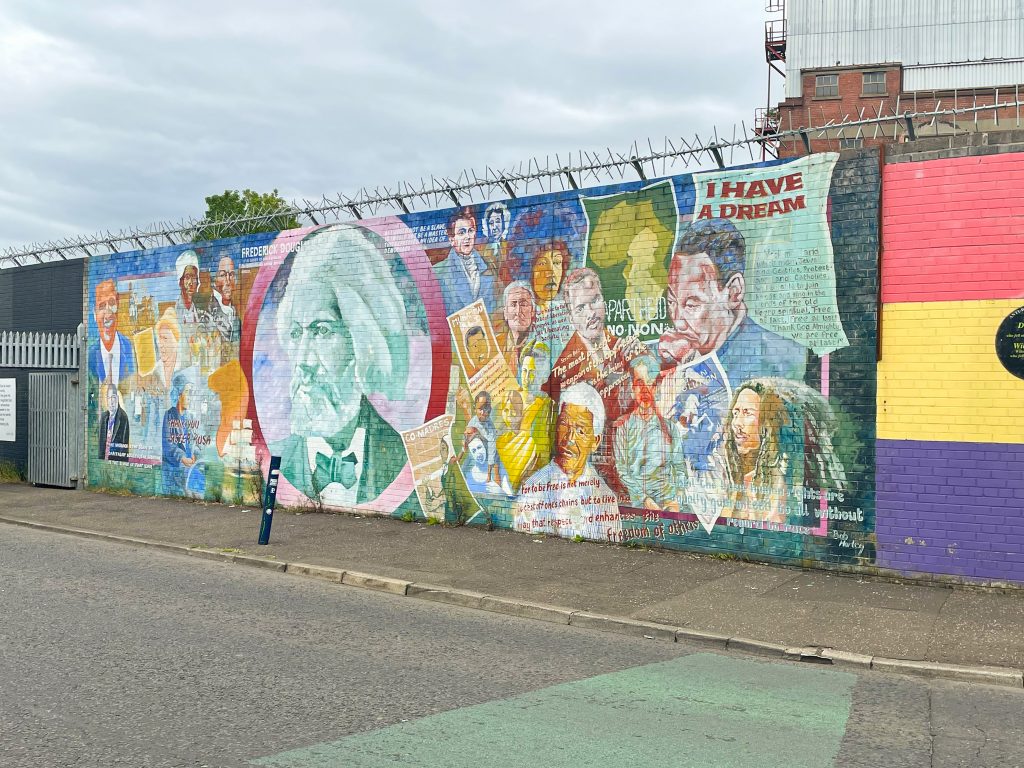
Perhaps what is most evident in Belfast is the principle that peace is never a completed process. Like John Lewis’ assertion that “democracy is not a state, it is an act,” Belfast reminds us of the fragility of peace and the way that past wounds are passed down through generations. More than one local told us that the conflict would be over once people their age died out, apparently forgetting the ways in which they inherited the fight from their own parents and grandparents. Peace must be chosen, and in Belfast peace has meant a power-sharing agreement where no one community may dominate the other. There are strong opposing poles, and a middle ground. The future, like the past, is not simple, a complication that pushes beyond binary thinking and zero-sum logic. To see these dimensions, however, you have to do what Bryan Stevenson’s grandmother told him: “You have to get close.”
Getting close was exactly what Gary Mason and others like him did. “Faith should be about bringing hope into a situation of despair,” he said. Churches like his own Methodist congregation as well as the monolithic Clonard Monastery were pioneers of dialog and connection. For years, even decades, they simply listened, offering their sacred spaces as neutral and common ground to foster improbable dialogs. They engaged the sufferings and fears of their enemies, who responded in turn with trust. This was how peace was brought to Belfast—not through political or military domination of the “right” side over the “wrong” one, but through dialogs that invested in a shared future.
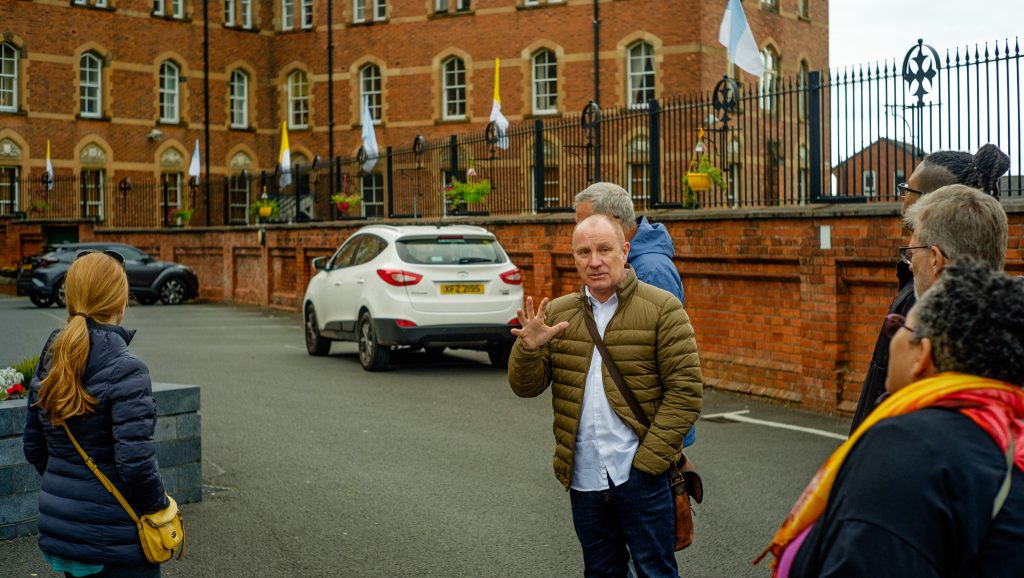

Churches were at the center of this process, although not most churches. Some churches were decidedly part of the problem; for instance, one of the most vitriolic supporters of Protestant terrorism was the Reverend Ian Paisley. Most churches, however, tried to stay out of the thick of it. Peace found them, despite them. Churches have similar choices in the American landscape today. There are plenty of ways in which churches are inciting violence, and plenty of ways that churches are turning a blind eye. What ways remain for churches who feel called to be peacemakers? Who can be our teachers, whether individuals, communities, or even other cultures? How can churches prepare for and sustain uncomfortable work? These are some of the questions that I’ve returned from Belfast with, along with a solidified commitment for myself to work for peace in whatever ways I can.
